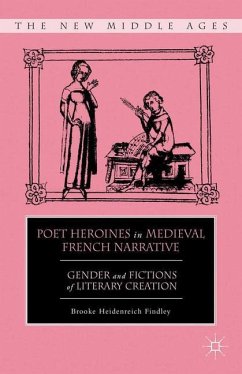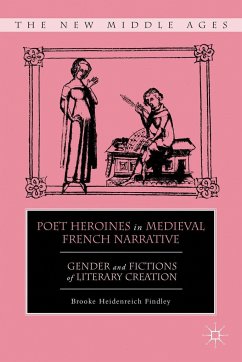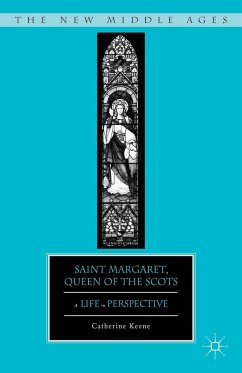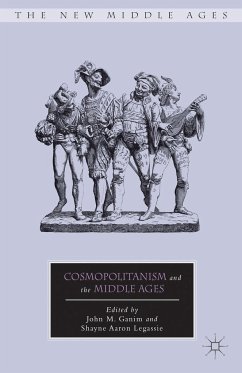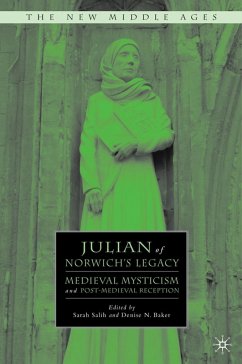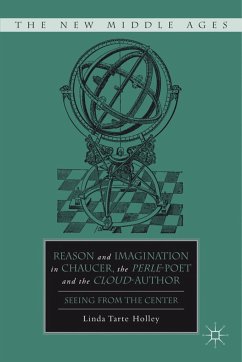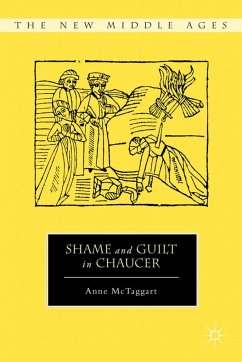
The Carolingian Debate Over Sacred Space
Versandkostenfrei!
Versandfertig in 6-10 Tagen
83,99 €
inkl. MwSt.
Weitere Ausgaben:

PAYBACK Punkte
42 °P sammeln!
Retracing the contours of a bitter controversy over the meaning of sacred architecture that flared up among some of the leading lights of the Carolingian renaissance, Collins explores how ninth-century authors articulated the relationship of form to function and ideal to reality in the ecclesiastical architecture of the Carolingian empire.






